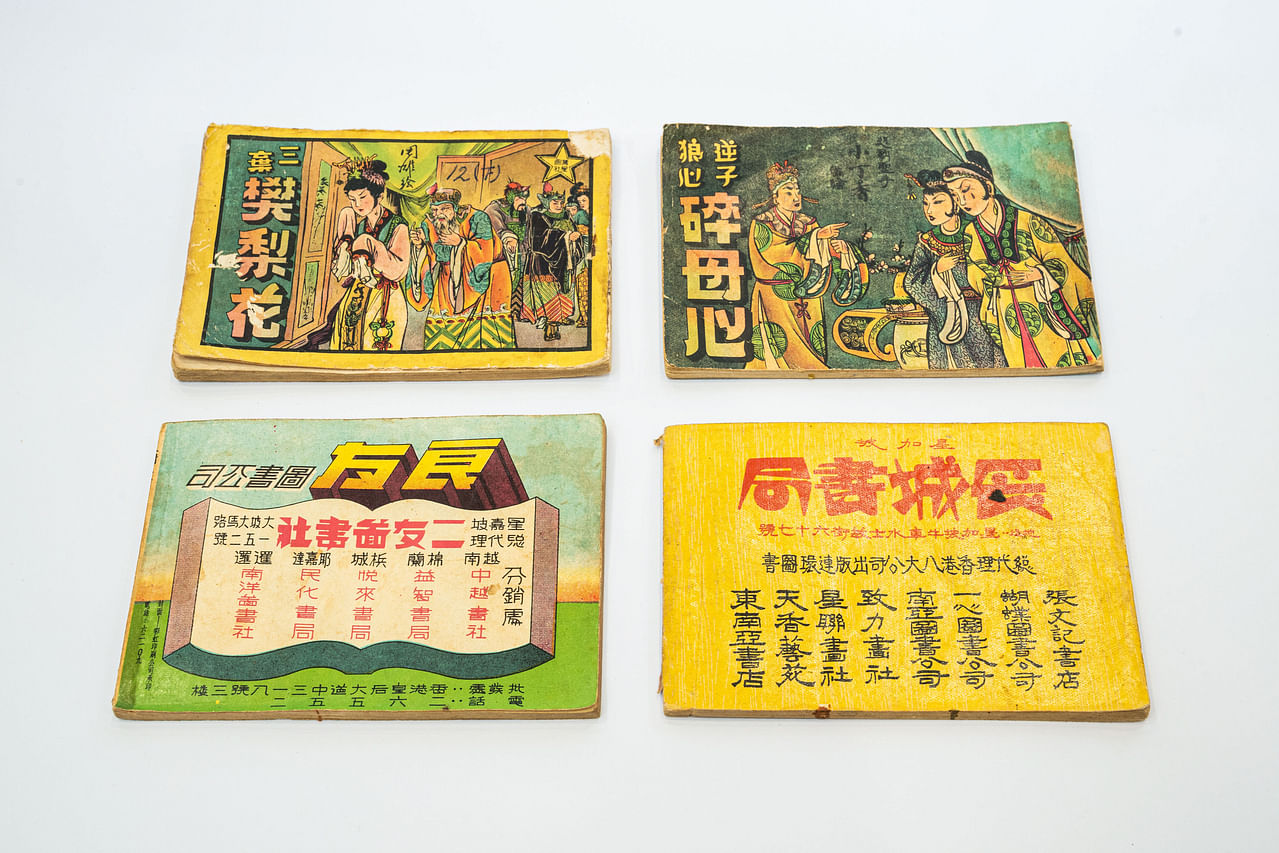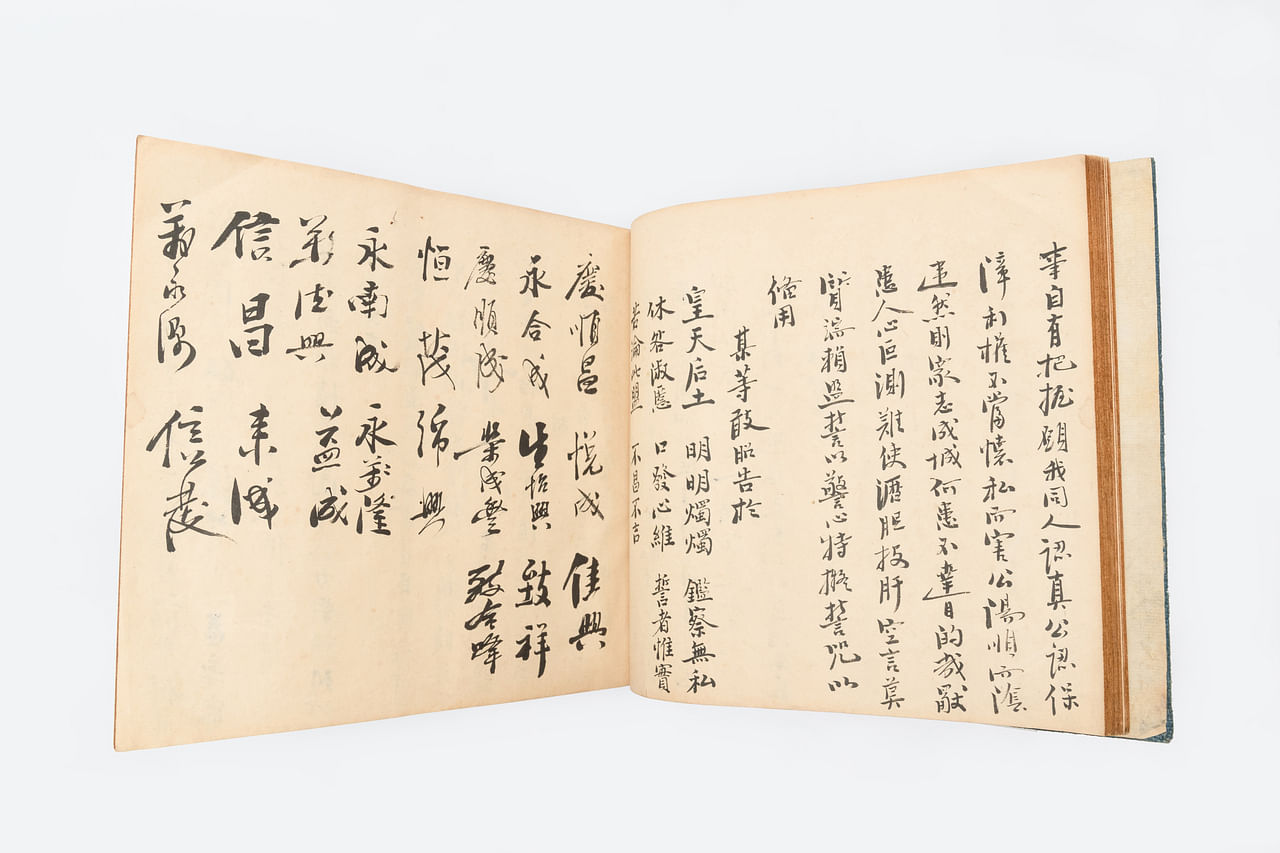1850s newspaper among historical items given to NLB
Sign up now: Get ST's newsletters delivered to your inbox
Follow topic:
SINGAPORE - An issue of a little-known English-language newspaper published here in the 1850s is one of more than 27,000 items of historical interest that have been donated to the National Library Board (NLB) in the last two years.
The Bintang-Timor, a weekly publication from 1858 to 1859, had gone unrecorded by public institutions until now due to its short run.
It is hoped that the donated issue, printed on Oct 26, 1858, can add to the knowledge of the early printing history in Singapore, which by then had a thriving mercantile community and was a hub for the exchange of the latest ideas.
Also recently added to the national collection, courtesy of 160 donors, are the songs and plays by Tamil literary pioneer Kavithaivel Ka Perumal, account books of the Singapore Textile Traders Association, and old photographs of Singapore's first public housing estates.
"Newspapers are ephemeral and not meant to last. In the 19th century, plenty of newspapers popped up but were often short-lived," said NLB director Huism Tan of the Bintang-Timor.
"We don't know of any other public institution that hosts this particular title. This opens up the door for researchers to come in to explore it."
Similar to the other English-language newspapers of the time, the Bintang-Timor was geared towards the mercantile community and covered business news, social happenings, and government and shipping notices. Its proprietors or editors were likely American.
Collector John Koh, 66, donated it to the NLB under his and his wife Cynthia's names. "It is one example of Singapore's diversified and fragmented printing history," the retired lawyer and banker said.
"Such items can form smaller histories for researchers to form their own conclusions. They toss up questions that you don't necessarily need to answer because someone else might be able to, using those materials."
The NLB has been engaging community donors for more than a decade to add privately held items to the public collection.
Every year, it receives tens of thousands of donations from donors here and abroad, and the pandemic has not dampened this drive.
Items selected are usually those associated with Singapore and South-east Asia. Once taken in, they are stored - with oxygen removed from the storage space and nitrogen pumped in to kill pests - catalogued, indexed and digitised.
"Private collections provide us with a look into a part of history that might not be as widely known, and offer richer and more diverse perspectives," said Ms Tan.

<p>Chinese comics popular among youth that were published in Hong Kong between the 1940s and 1960s and distributed here. They were donated by retired lawyer John Koh.</p>
PHOTO: NATIONAL LIBRARY BOARD
The family of Mr Perumal, who died in 1979, donated 85 of his works, comprising manuscripts of his plays, short stories and poems from the 1950s and 1960s.
The writer's son, Mr Thiruthakka Devan, 57, said the works ranged from his father's adaptations of epics like the Ramayana to stories containing public messaging that were broadcast on the radio during Singapore's nation-building years.
He particularly enjoys his father's songs written in the Villupattu style, an ancient form of musical storytelling where the performer strikes a bow with bells while singing.
"He had the gift of being able to use sounds so that messages made sense for the masses. He was hugely inspired by the Indian workers he saw working in plantations here.
"These are national treasures that should not be lost," the retired air force lieutenant-colonel said.

<p>[Singapore Textiles Traders Association collection] Account books of Singapore Textiles Traders Association], 1912-1939 (1)</p>
PHOTO: NATIONAL LIBRARY BOARD
Mr Koh Kim Chay, who donated over 7,000 photos and postcards tracing the changes in Singapore's landscape and public housing estates collected in the course of his work, gave them to the NLB as he did not want them to end up in a flea market after his death.
"It is better to let the public have access to them, and some writers might like to pick them up and write something about them," the 65-year-old retired engineer said.
"I'm getting on in age and my son has his own world to take care of. It is good to know that this collection will survive after me."

